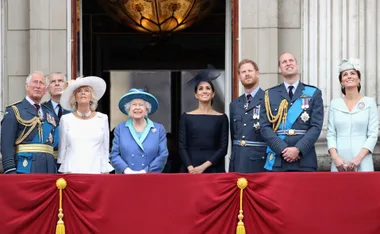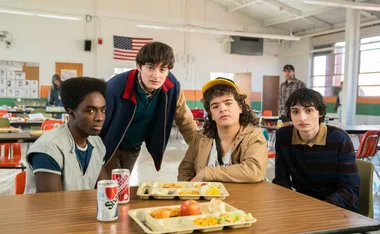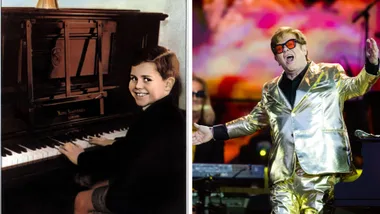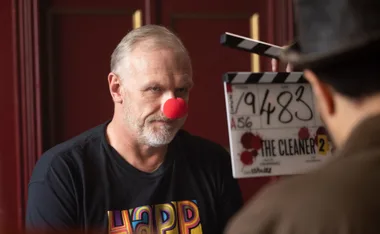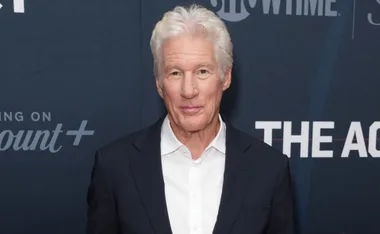These TV shows wouldn’t have existed if David Lynch and Mark Frost hadn’t made the quirky, frightening and unique cult series Twin Peaks…
Veronica Mars even riffed on Twin Peaks famous tagline, “Who killed Lilly Kane?”
Click through for a brief lesson on the influence Twin Peaks has had on Desperate Housewives, The X Flies and more.
Ahead of the third season coming soon to Stan, catch up with the weird and wonderful characters here.
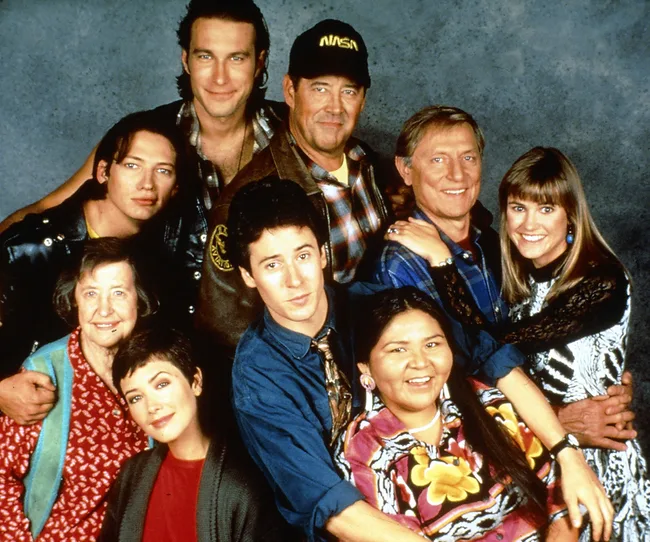
Northern Exposure: The spiritual successor to Twin Peaks and an obvious effort by CBS to create a new Peaks-esque instant cult classic, Northern Exposure followed Dr Joel Fleischman (Rob Morrow), an out-of-towner who arrives in Cicely, Alaska, to work as a physician. While the show doesn’t descend into the dark depths of Lynch’s vision, it maintained many of its soapy aspects giving the small towners’ lives a healthy dose of quirk. The show also introduced the world to Sex & The City’s Aiden, John Corbett, as laid back local DJ Chris Stevens
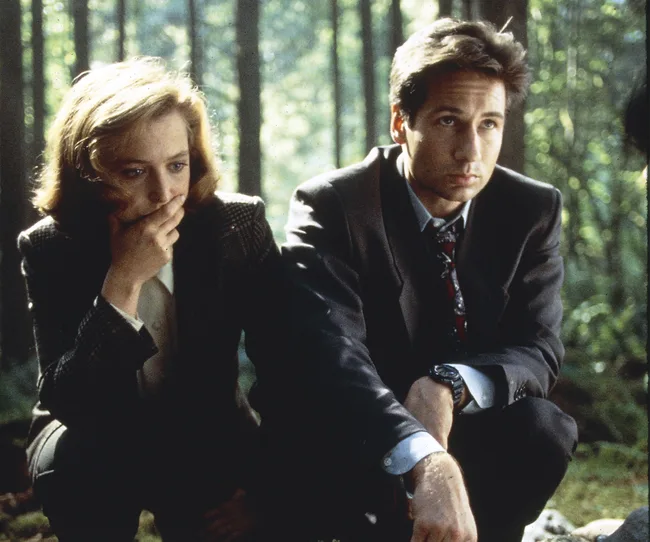
The X-Files: It’s not just the suits, although David Duchovny did cut a dashing figure as Fox Mulder, the FBI agent who believed when all around him scoffed. Twin Peaks introduced the otherworldly and the pan dimensional into mainstream. The X-Files added more obvious sci-fi tropes. Certain episodes, like the grisly family horrors of “Home”, take Lynch’s nightmarish visions and twist them even further, losing much of Lynch’s whimsy on the way. The show returned to the small screen last year and Duchovny will be frocking up again as Agent Denise Bryson in the third season of Twin Peaks.
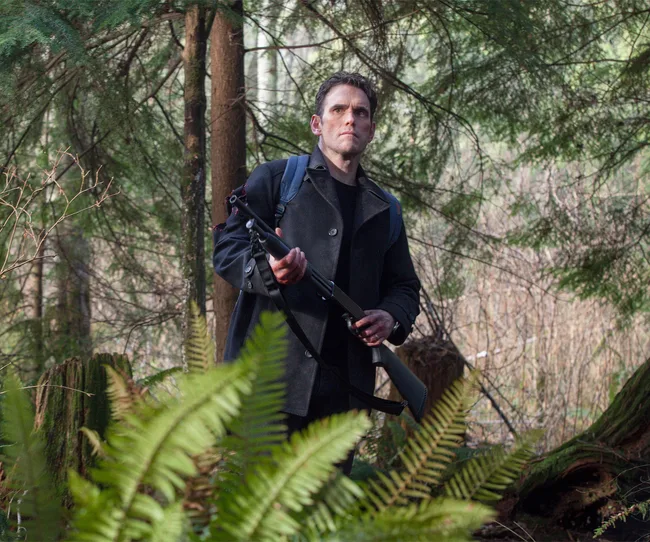
Wayward Pines: The Sixth Sense and Split director M Night Shyamalan took time off from freaking out cinema audiences to freak out television audiences instead. With a big name cast including Matt Dillon, Carla Gugino, Melissa Leo and Terrence Howard, the show follows a US Secret Service agent (Dillon) as he arrives in a small town to investigate the disappearance of two fellow agents. He soon discovers that the inhabitants of Wayward Pines are trapped there, surrounded by an electrified fence. So far, so twisty.

Veronica Mars: A sleuthing teen moonlighting from school as a private detective. The set-up for Veronica Mars sounds like the lives of almost every school goer in Twin Peaks. iZombie creator Rob Thomas’s combined a slow burn mystery with episodic events, Kristen Bell’s titular heroine, working with her detective father, is trying to discover who murdered her best friend. Both shows combine pitch-black disturbing storylines with sweet, often saccharine moments. Veronica Mars even riffed on Twin Peaks famous tagline, “Who killed Lilly Kane?”
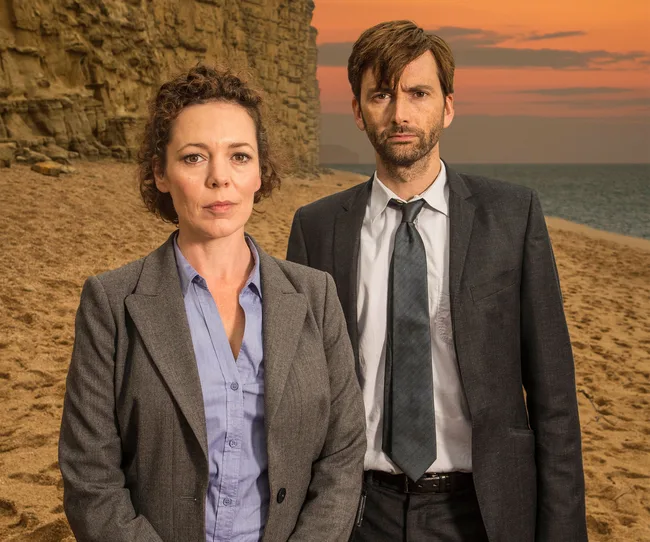
Broadchurch: Taking its cues from Twin Peaks and the darling of Nordic noir The Killing, British seaside whodunnit Broadchurch is just as much about the effects of a terrible crime on a tight knit community as it is about a brutal murder. With central performances by Doctor Who’s David Tennant and a devastating turn by the always brilliant Olivia Coleman, the murder of a young boy in the small Dorset town slowly unfolds as the dark secrets of the locals interfere with good old fashioned policework.

Wild Palms: As well as influencing shows, Twin Peaks also paved the way for weirdness to infiltrate the networks, so Oliver Stone created Wild Palms, based on the comic strip written by Bruce Wagner and illustrated by Julian Allen, is perfect nonsensical example. Fusing the Sci-fi tropes of a dystopic near-future Los Angeles with a fascist cult that may or may not be based on Scientology, Wild Palms is almost too nuts for its own good.
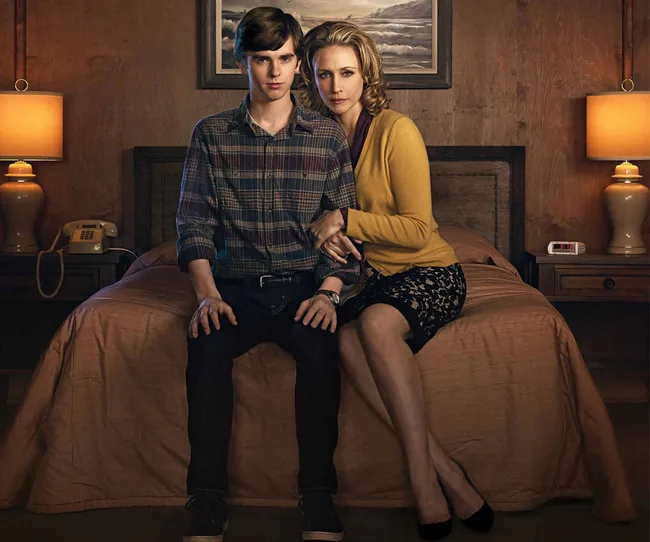
Bates Motel: The modern television prequel to Alfred Hitchcock’s brilliant exercise in tension building explores the path that Norman Bates takes as a troubled teen to mature into an incredibly troubled adult. Starring Freddie Highmore as Norman and Vera Famiga as his mother, the show has many Peaks parallels: a killer who has no idea he is a killer, a high-school setting in a strange town and a central murder investigation that causes the towns inhabitants to unravel.
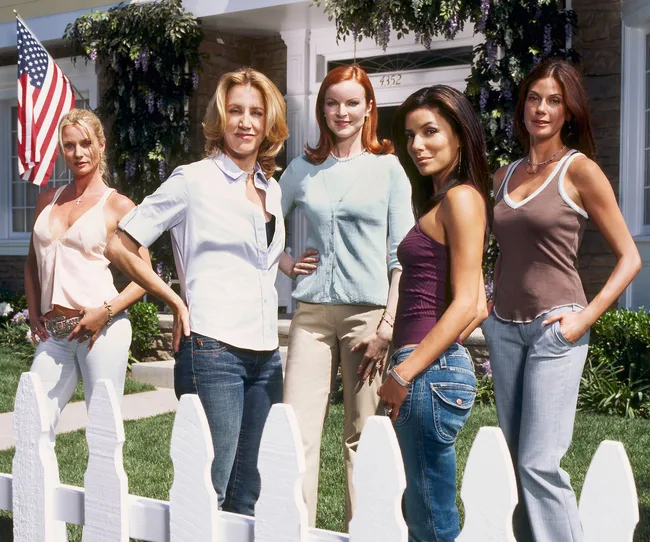
Desperate Housewives:
Inspired by David Lynch’s fascination with what is really going on behind the closed doors of suburban life once you walk up the path of those perfectly maintained frontages of Wisteria Drive, Desperate Housewives also shared a central tragedy which informed and influenced its storyline. But with added bling, high-heels and less nightmarish dream sequences.
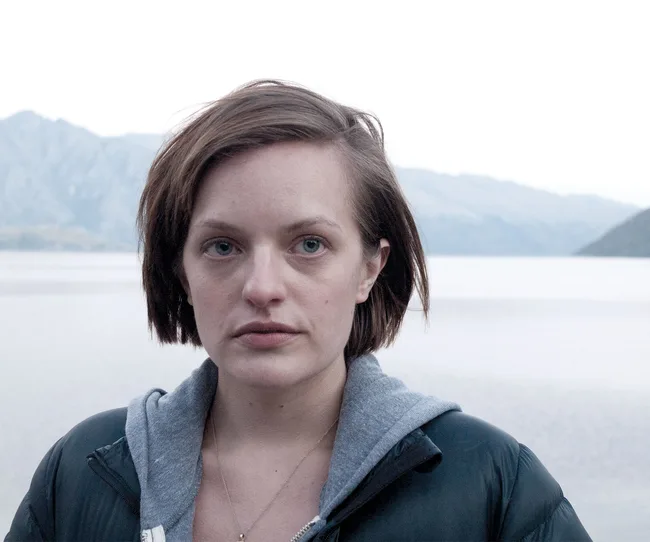
Top Of The Lake: Jane Campion’s first foray into television since An Angel At My Table in 1990, Top Of The Lake followed the Twin Peaks template to a tee. A mystery that starts at a lake, the top surprisingly enough, and host of interesting and sometimes terrifying characters, especially Peter Mullan’s brutal and intense Matt. The big difference? While Agent Cooper is an out of towner, Mad Men star Elisabeth Moss’s Robin Griffin is returning home, years after she left. She has to conquer her own demons as well as find the missing girl.
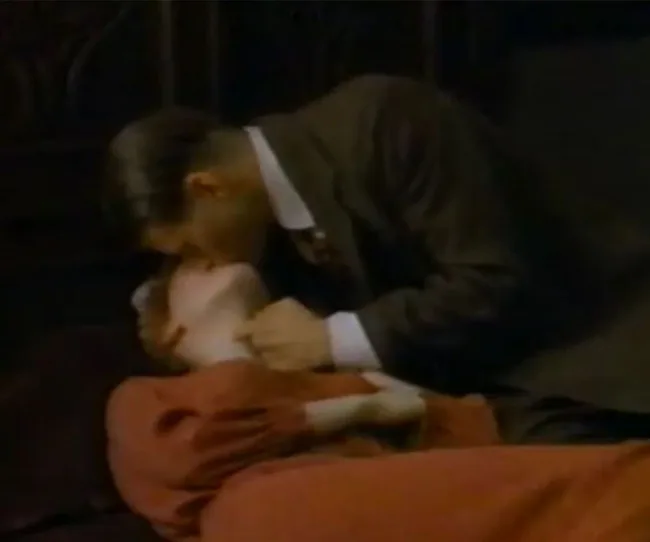
Hotel Room: “For a millennium the space for the hotel room existed – undefined. Mankind captured it and gave it shape and passed through. And sometimes when passing through, they found themselves brushing up against the secret names of truth.” And so began Lynch’s failed Hotel Room. The show lasted three episodes, lacking Peaks defiant craziness and Lynch’s vision. Hotel Room was the first of three times that Lynch tried to replicate the success of Twin Peaks. His failed oddball sitcom On The Air was barely on the air and his pilot for Mullholland Dr was not picked up. Luckily, he made the breathtaking film instead.

